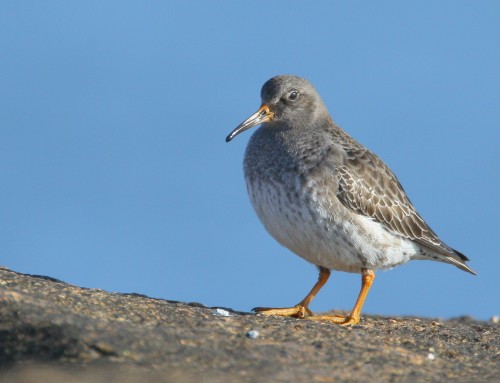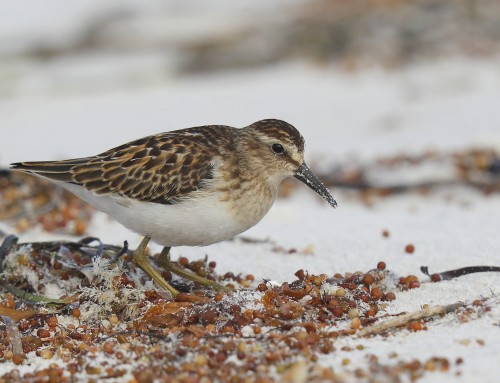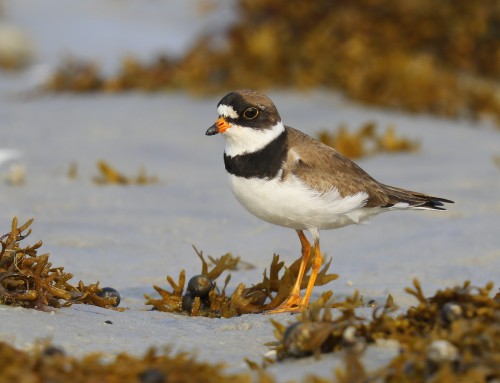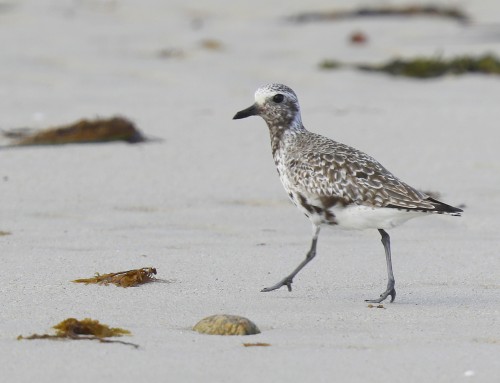Spring migration for piping plovers involves a journey from southern wintering grounds to breeding sites on Falmouth beaches. The plovers arrive in late March or early April, with nesting activities soon afterwards. This Piping Plover was recently seen running along the beach, just below the wrack line, at Great Sippewissett Marsh.
Spring migration is a remarkable phenomenon observed in various bird species, including the piping plovers. These small, sand-colored shorebirds embark on an annual journey from their wintering grounds to their breeding sites around Falmouth and other Cape Cod towns.
During spring migration, piping plovers typically leave their wintering grounds along the southern coasts of the United States, Central America, and the Caribbean, where they spend the colder months. They undertake this journey to return to their breeding grounds in northern regions, including the shores of Cape Cod.
The timing of spring migration for piping plovers can vary depending on factors such as weather conditions and food availability. Typically, they begin their northward migration in March into early April, with some individuals arriving at Cape Cod by late March into early April. However, arrival times can vary among individuals, and some may arrive later in the season.
Upon reaching Falmouth beaches, piping plovers engage in courtship displays and nest building activities. They typically choose open sandy beaches, dunes, or salt marshes for nesting sites. These areas provide suitable habitat for nesting and raising their young, as well as access to the food resources they need to survive.
Once nesting is underway, piping plovers exhibit dedicated parental care, with both the male and female taking turns incubating the eggs and feeding the chicks after they hatch. This period is critical for the survival of the chicks, as they are vulnerable to predation and other threats.
After the breeding season concludes, usually by late summer or early fall, piping plovers and their offspring begin their southward migration back to their wintering grounds. This journey is often less studied than spring migration, but it is equally important for the survival of the species.
Throughout their migration and breeding cycle, piping plovers face numerous challenges, including habitat loss, predation, and all kinds of disturbance from human activities. Conservation efforts, such as habitat protection, predator management, and public education, play a crucial role in ensuring the continued survival of this species.







Leave A Comment
You must be logged in to post a comment.